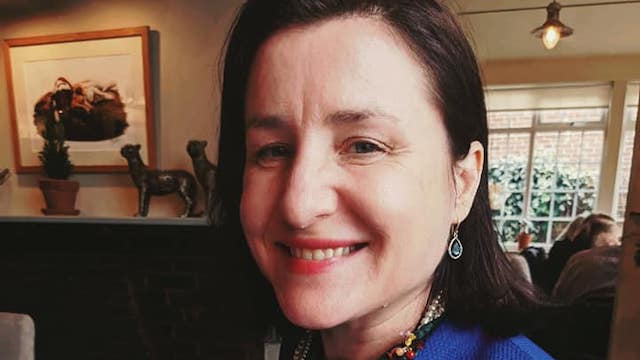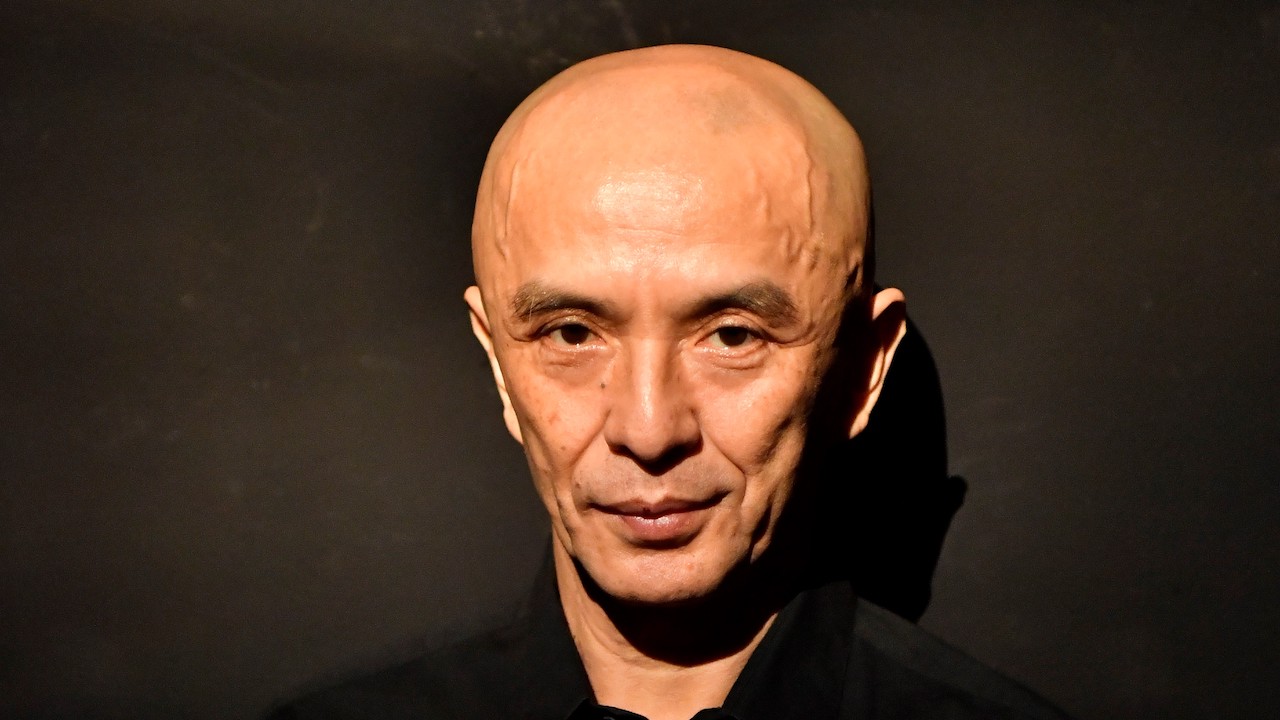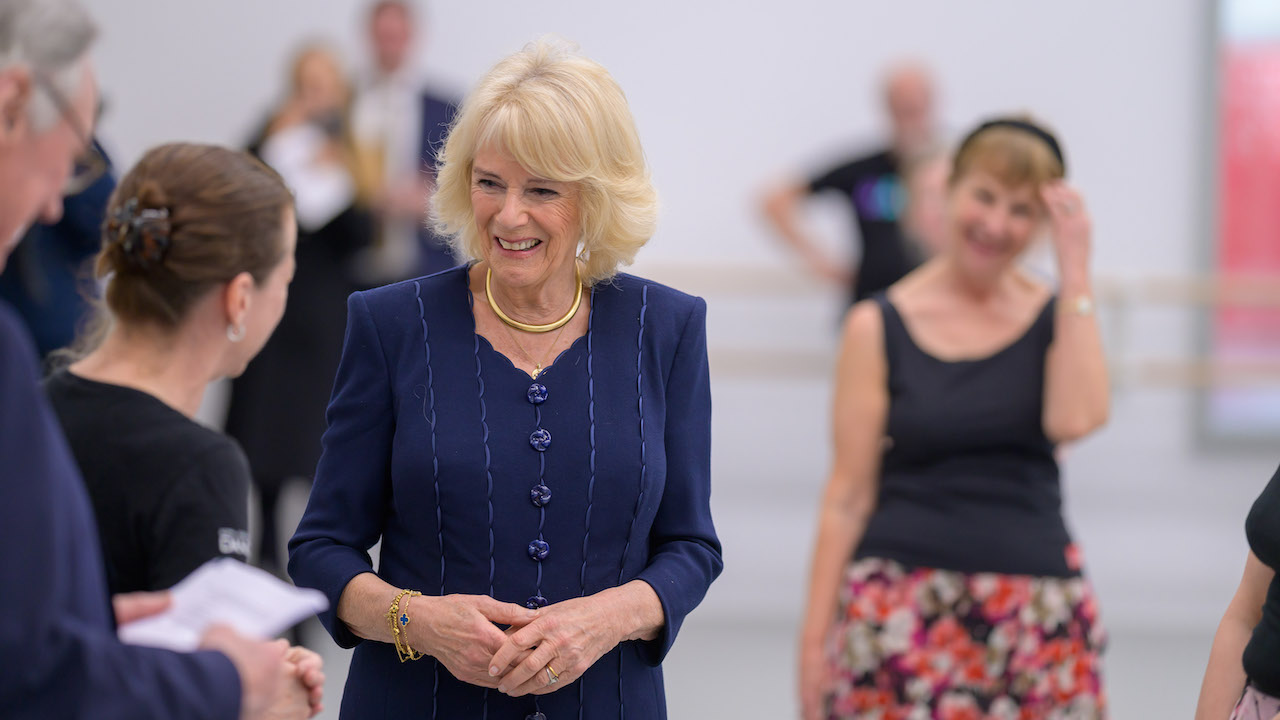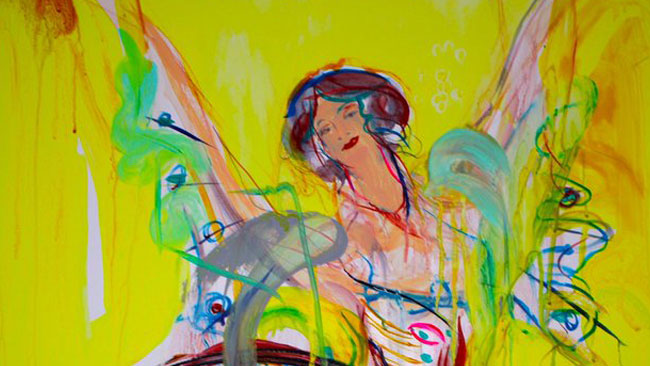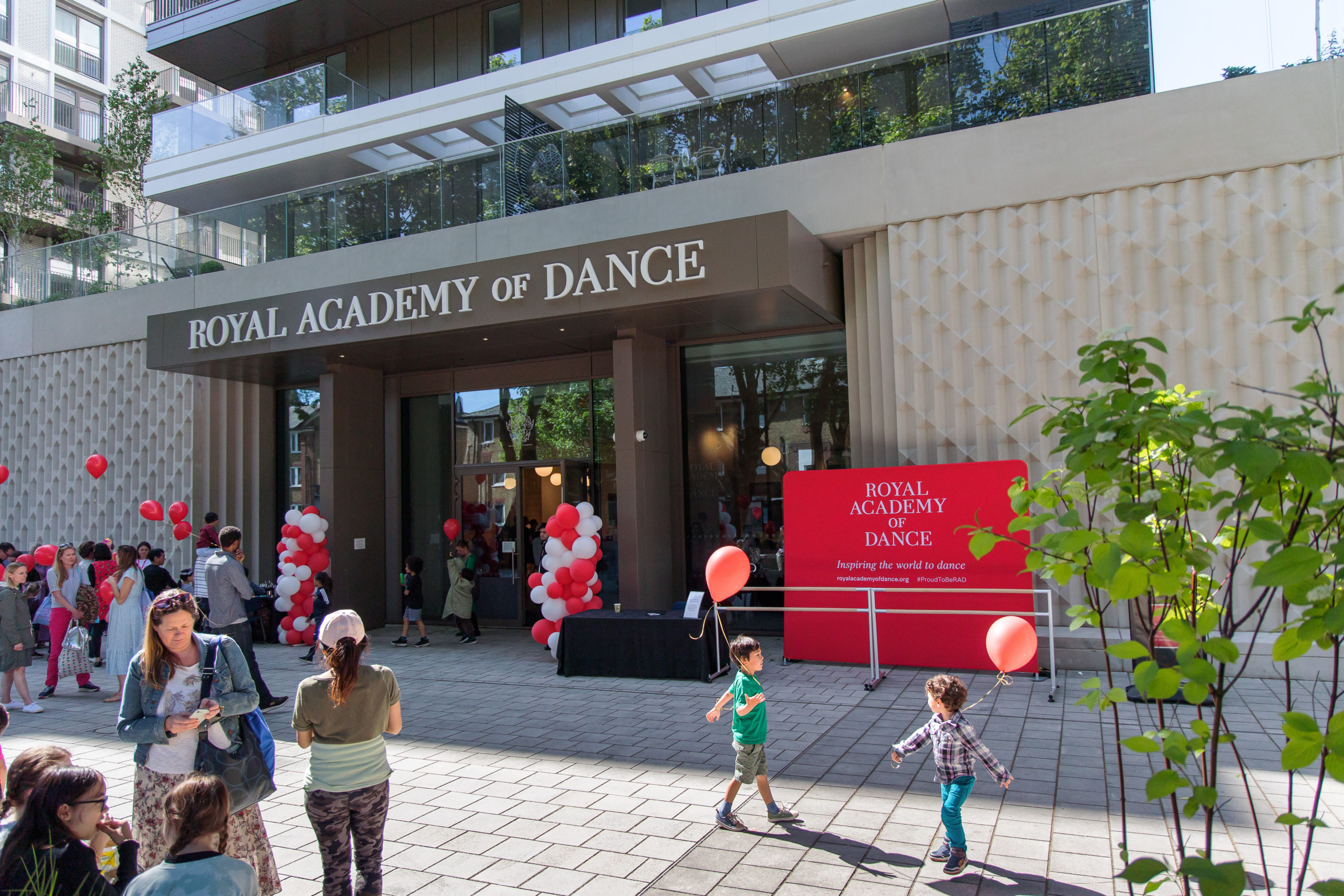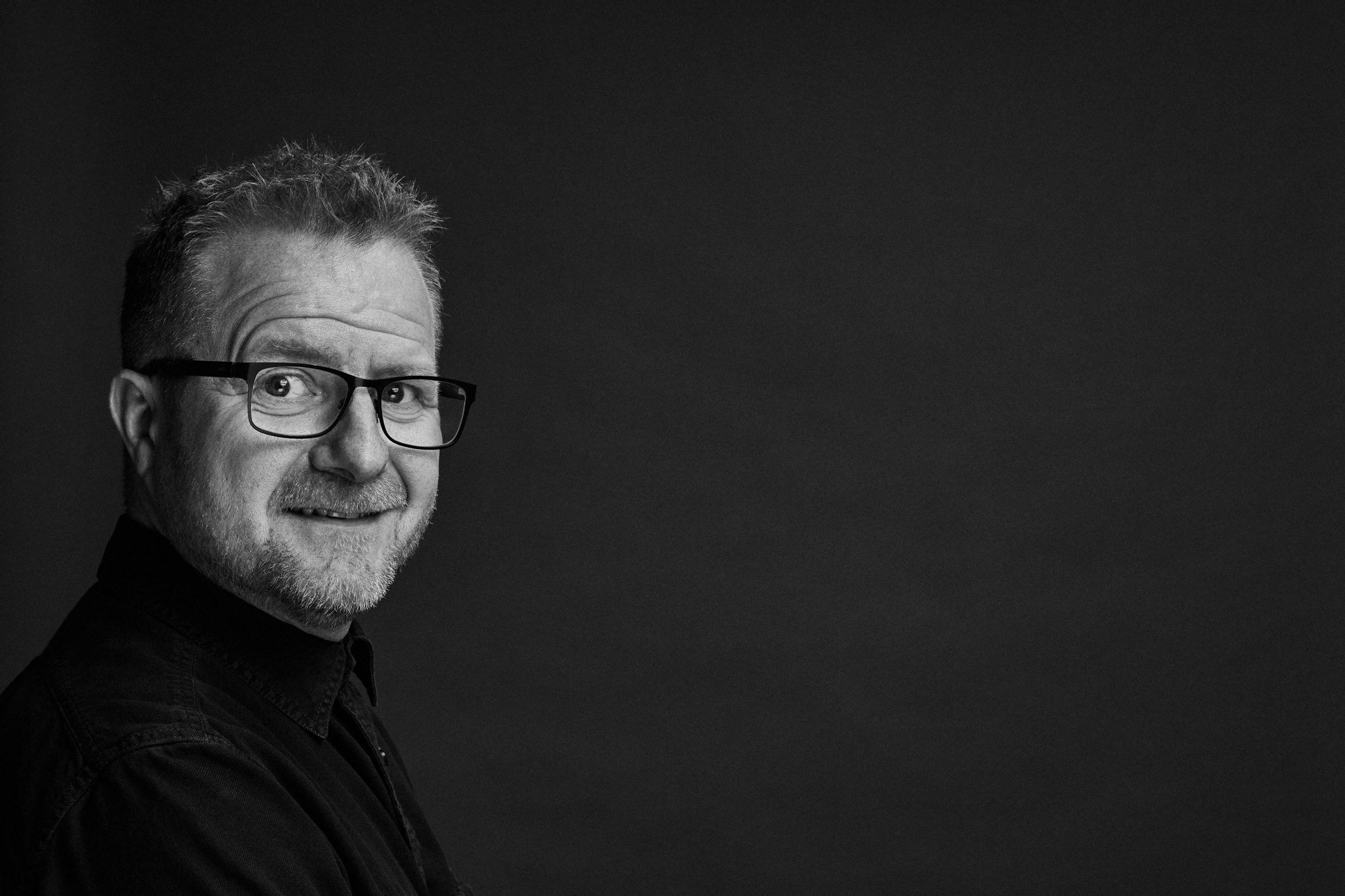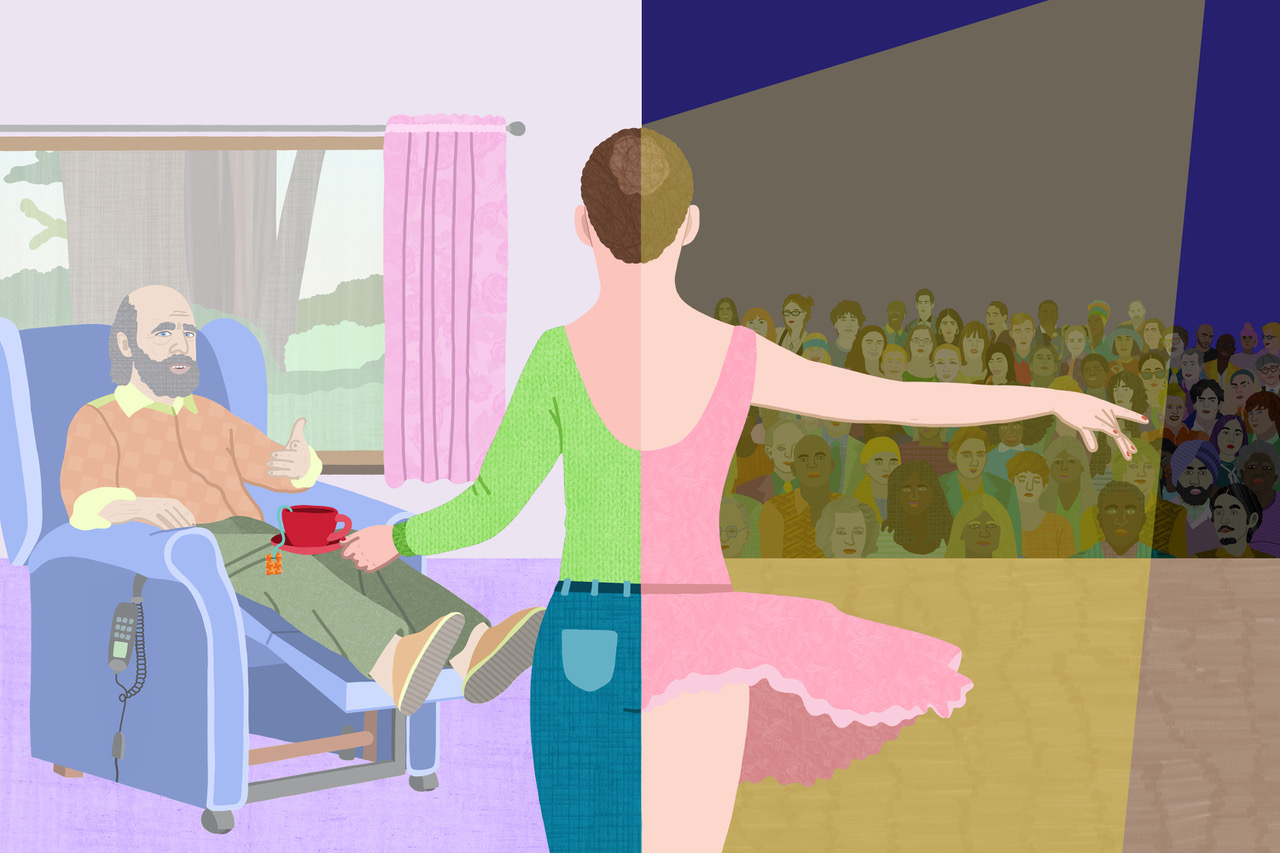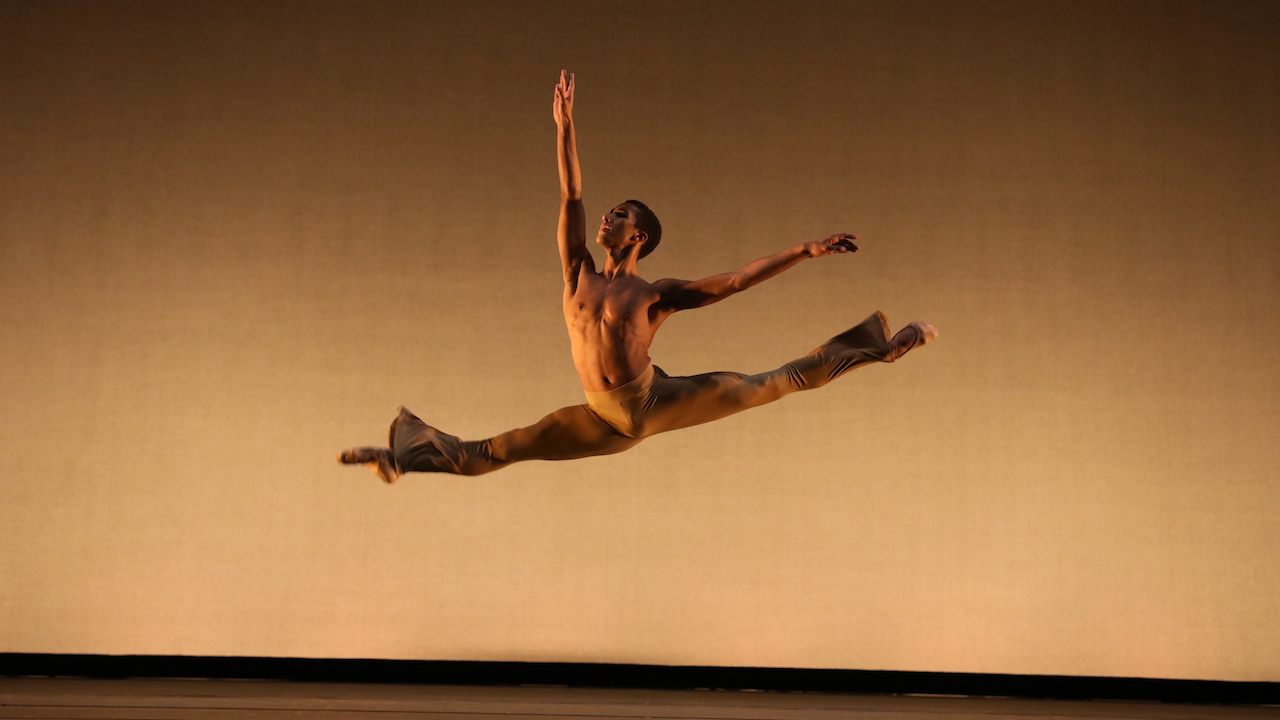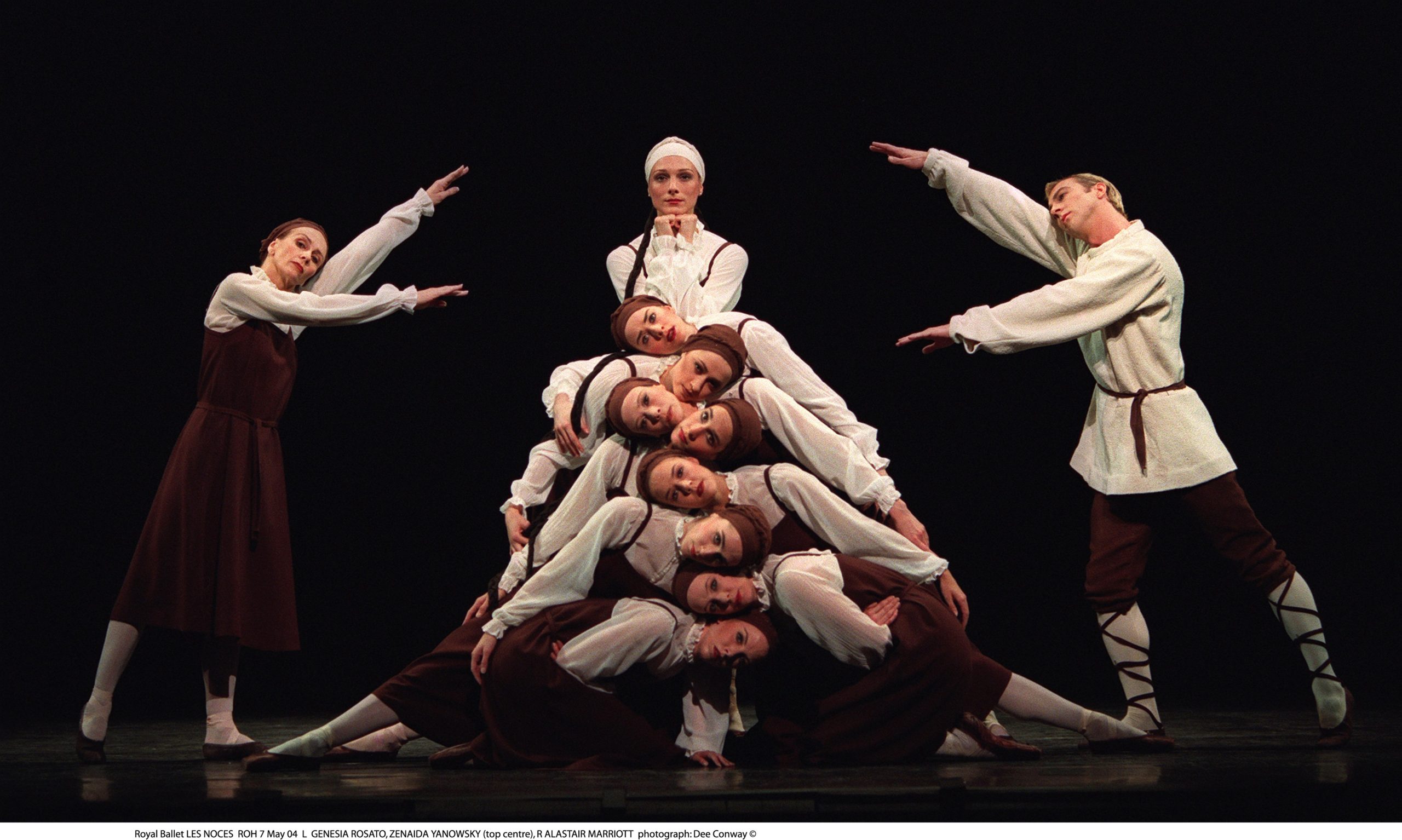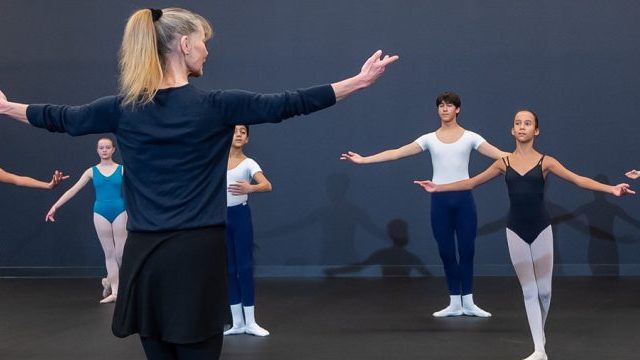How can an arts organisation be a ‘Good Neighbour’ to its local community?
Being a good neighbour as a cultural institution is about using the skills, assets, knowledge, privileges and partnerships that you have and sharing them with the people closest to you in the community you operate in. It is about being part of a place and investing in it so you contribute to making it better for everyone, not just yourself. It is about being generous, opening a door and letting people in.
In essence, it is about taking on mutual stewardship of an area along with all its other members, supporting a collective and co-created approach to making projects happen that honour everyone together.
What do you hope the RAD can do for the local community in Wandsworth – and how can working with the community enrich the RAD’s work?
I hope the RAD can open the door wide to let people in, sharing what it has with others.
This isn’t so much what the RAD can do by itself, but what everyone can do together! It is about creating models of collective action and setting a shared vision and plan to collectively bring more to the Wandsworth area and ensure that everyone benefits. Working together on projects that investigate and celebrate identity in the area, we can learn from each other and get closer as citizens.
By working with the community and giving energy and support to it, the RAD will create a framework of trust and mutual respect. In return, it will hopefully be seen as an important part of the community’s assets and a place that is open to everyone – a home. Dance (as with many other art forms) can often be seen as not for everyone. But as trust and mutual respect build, people will be more interested in learning more and trying some of the classes and programmes that the RAD has to offer.
This is truly about creating a home for dance that is reflective of the needs of the community.
How do you ensure that this work takes root and continues to develop?
We will establish an Arts Action Group in Wandsworth to make decisions with us around the projects they want to see and how to support them. This ‘asset based community development’ model of working honours local people as experts. The group’s members could include leaders of tenant and resident groups, the head teacher at the local school, someone who has run the corner shop for 30 years, the lollipop person – community leaders.
Together we will commission projects: some quick and light, some longer and deeper that allow us to collectively co-create and co-produce work and forge stronger partnerships through doing so. It will allow the RAD to get to know its new neighbours and partners and for everyone to learn how to work together: how to fundraise, commission and produce community projects for everyone. As the group continues to create together, ambitions will rise and projects will get deeper and more risk taking.
Key to the commitment to the Good Neighbour Programme is the fact that the RAD will hire a new team member in to support the work so there is one representative from RAD at the table for all community-facing work – ensuring that the partnerships, knowledge and networks are continually kept and held.
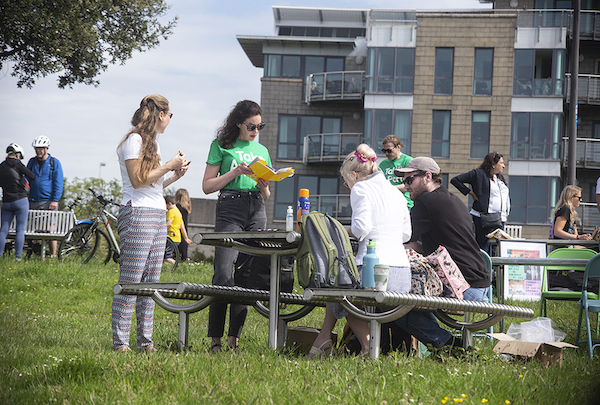
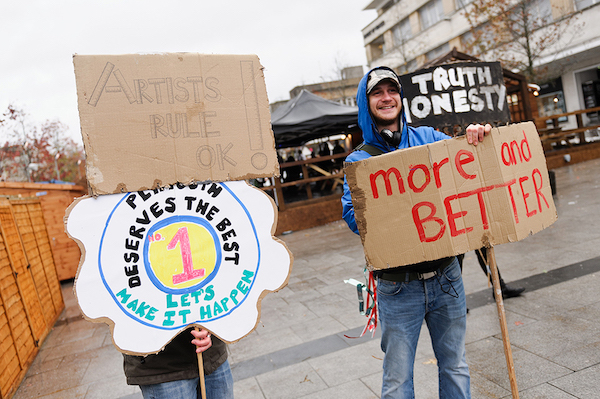
What led you to found Take A Part?
I started out on a project in a community in Plymouth called Efford. They were going through a regeneration process and wanted to bring in some creative projects to support engagement. Through a huge amount of trial and error, some tears and a few arguments, I came to understand that more people engage in and have ownership over projects if they asked for them. So I started asking. That was in 2009 and I haven’t looked back since!
Have you ever taken dance classes?
You know, I never have. Maybe this is my time!

